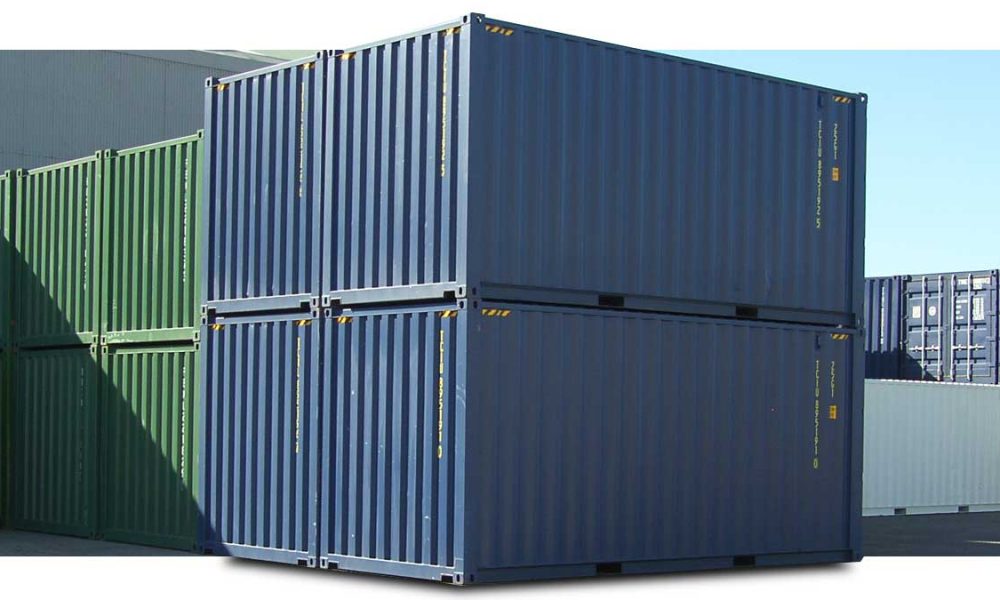Revolutionising Affordable Housing with Shipping Containers
In recent years, shipping containers have gained popularity as a sustainable and cost-effective solution for affordable housing. These versatile structures, originally designed for transporting goods across the globe, are now being repurposed to create innovative living spaces. From tiny homes to multi-story apartment complexes, shipping containers Melbourne are revolutionising the way we think about affordable housing.
In this blog post, we'll explore how shipping containers can transform the housing industry and provide a solution to the growing demand for affordable and sustainable housing options.
Cost-Effective Construction
One of the most significant advantages of using shipping containers for housing is their cost-effectiveness. These containers are readily available and can be purchased at a fraction of the cost of traditional building materials.
Additionally, the modular nature of shipping containers makes them easy to stack and assemble, reducing construction time and labour costs. This means that developers can build affordable housing units more quickly and efficiently, ultimately lowering the overall cost of the project.
Sustainable Living
As the world grapples with environmental challenges, sustainable housing solutions are more important than ever. Shipping containers offer a sustainable alternative to traditional construction methods by repurposing existing materials.
By using recycled containers, developers can reduce the environmental impact of new construction and contribute to a more sustainable future. Additionally, the durability of Melbourne shipping containers makes them well-suited for off-grid living and renewable energy solutions, further reducing their environmental footprint.

Flexibility and Customisation
Shipping containers provide a high level of flexibility and customisation, allowing for a wide range of design possibilities. Whether it's a single-family home, a multi-unit apartment complex, or a community development, shipping containers can be adapted to meet various housing needs.
Their modular design also makes it easy to add or remove units as needed, providing a scalable solution for affordable housing projects.
Rapid Deployment
In communities affected by natural disasters or housing shortages, rapid deployment of housing is crucial. Shipping containers offer a quick and efficient solution for providing temporary or permanent housing in these situations.
With the ability to be transported and assembled on-site, shipping container homes can be deployed rapidly, providing much-needed shelter in a timely manner.
Durability and Longevity
Shipping containers are built to withstand the rigours of transportation across the ocean, making them incredibly durable and long-lasting. Unlike traditional building materials, shipping containers are resistant to pests, mould, and fire, ensuring a safe and secure living environment for occupants.
This durability translates to lower maintenance costs and a longer lifespan for affordable housing units, making them a sound investment for developers and residents alike.
Community Integration
In addition to providing affordable housing, shipping container developments can contribute to community integration and revitalisation. By repurposing vacant lots or underutilised urban spaces, shipping container projects can breathe new life into neighbourhoods and create vibrant, diverse communities.
Furthermore, the modular nature of shipping containers allows for creative and adaptable community spaces, such as communal gardens, co-working areas, and recreational facilities, fostering a sense of belonging and connection among residents.
Overcoming Challenges
While shipping containers offer numerous benefits for affordable housing, there are also challenges to consider. Building codes, zoning regulations, and infrastructure requirements can present obstacles to shipping container developments. However, as the demand for affordable housing solutions grows, many municipalities are exploring ways to adapt their regulations to accommodate shipping container construction.
Additionally, ongoing research and innovation in the field of container architecture are addressing these challenges and pushing the boundaries of what is possible with shipping containers.
Conclusion
Shipping containers have the potential to revolutionise affordable housing by offering a cost-effective, sustainable, and flexible solution to the housing crisis. As the demand for affordable and innovative housing options continues to rise, shipping containers Melbourne provide a promising avenue for meeting these needs.
By leveraging the unique properties of shipping containers, developers, architects, and communities can work together to create a more inclusive and sustainable future for housing. Whether it's addressing housing shortages, providing disaster relief, or promoting community integration, shipping containers are poised to play a significant role in the evolution of affordable housing.



Comments
Post a Comment